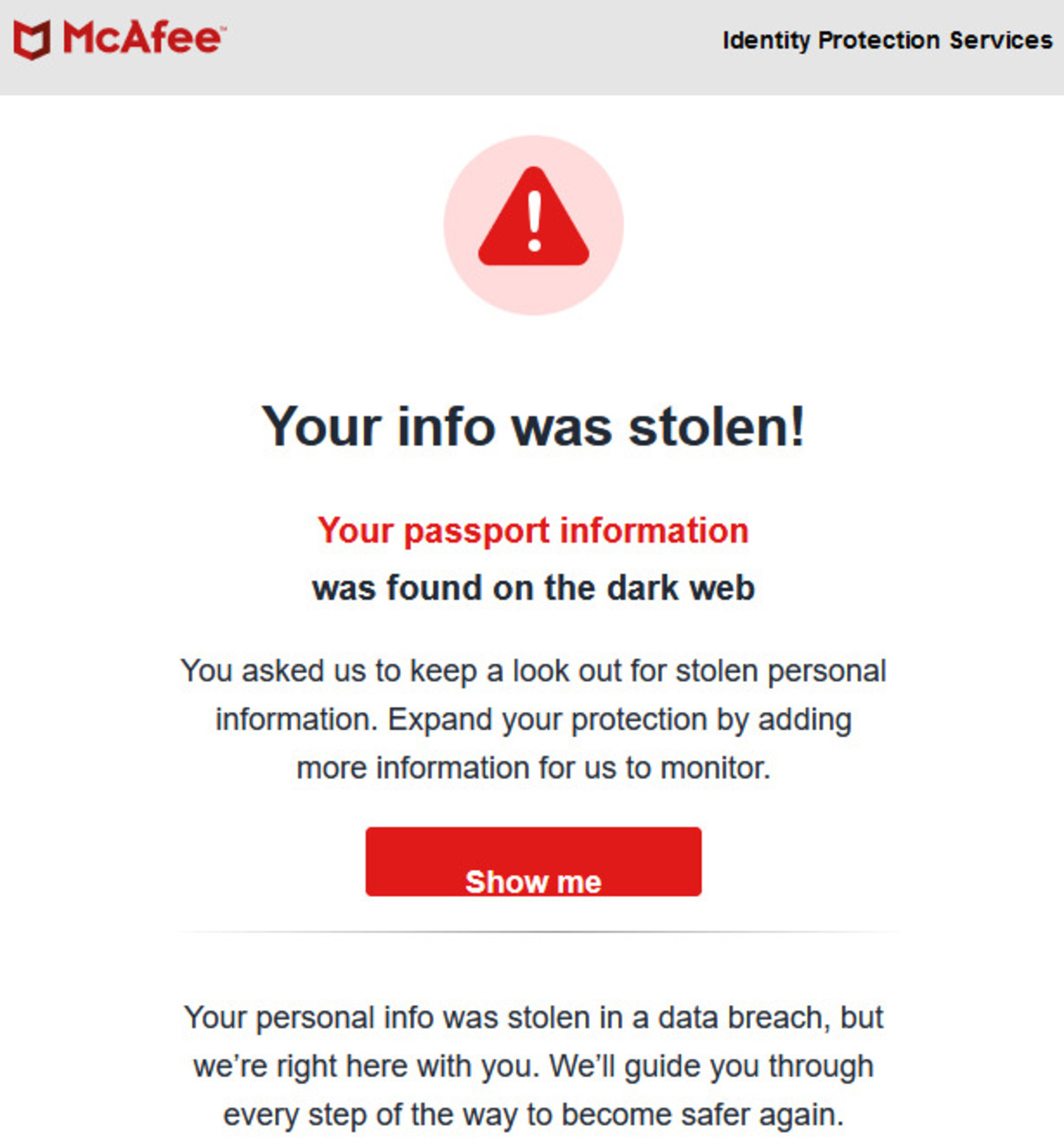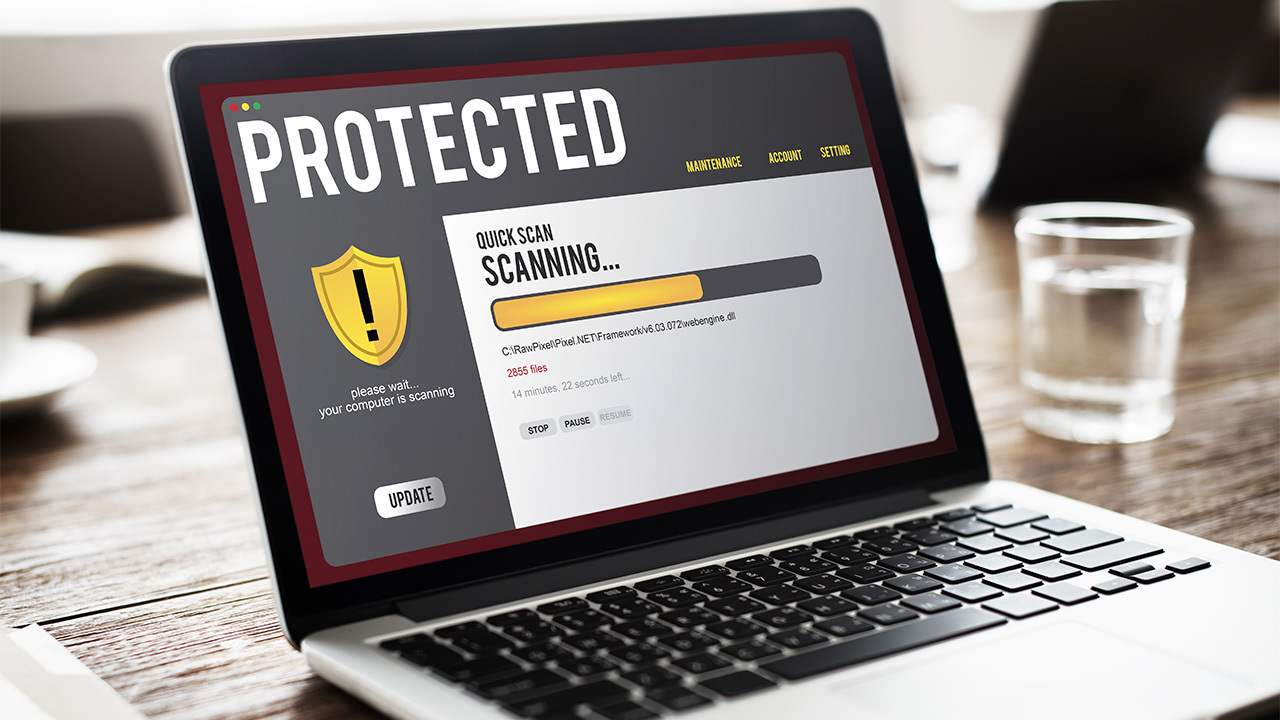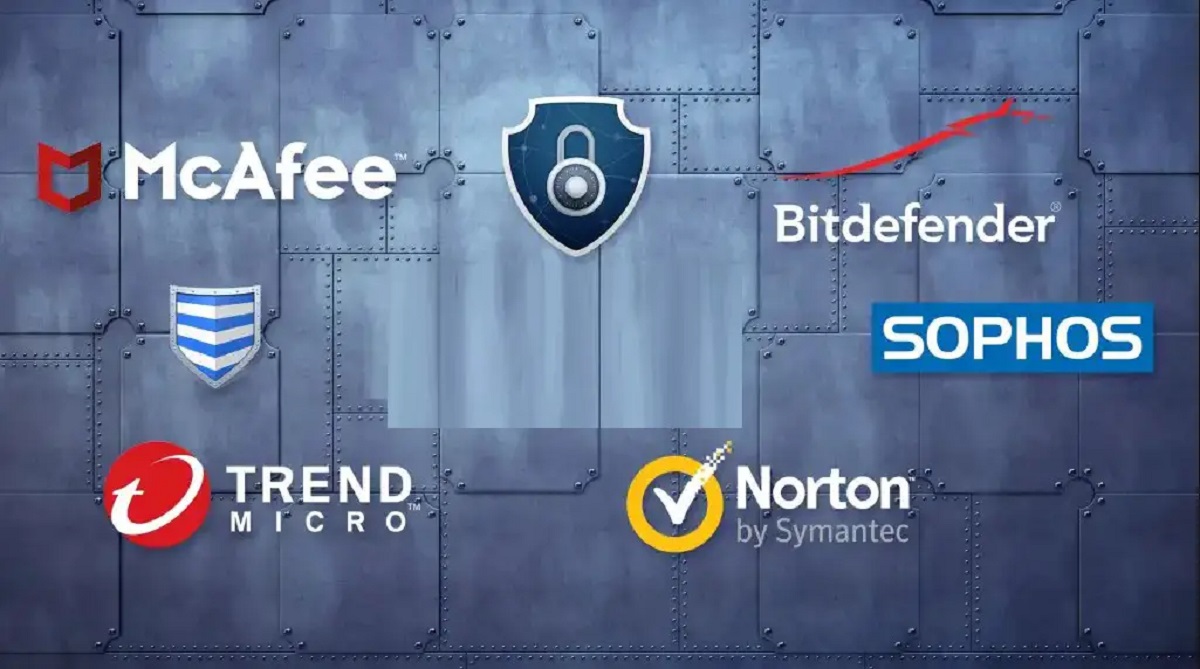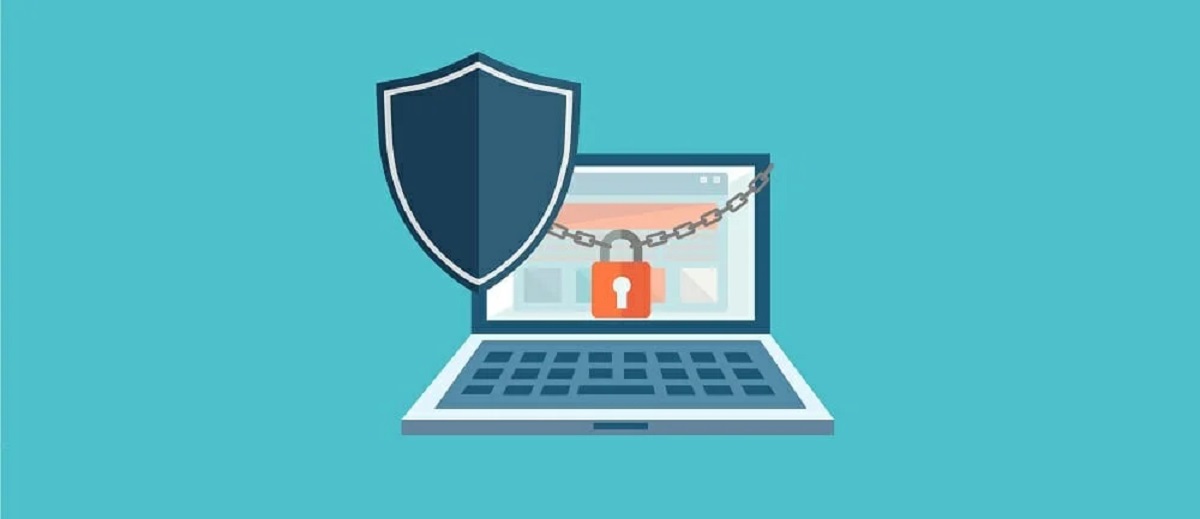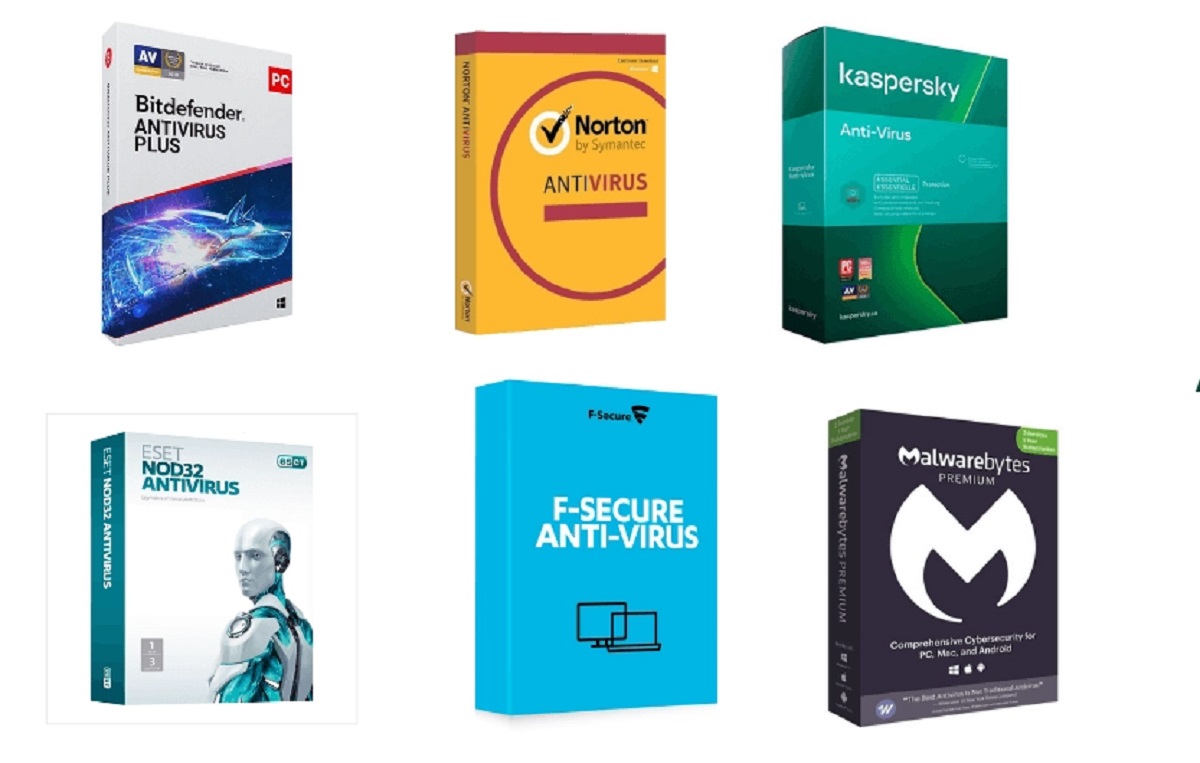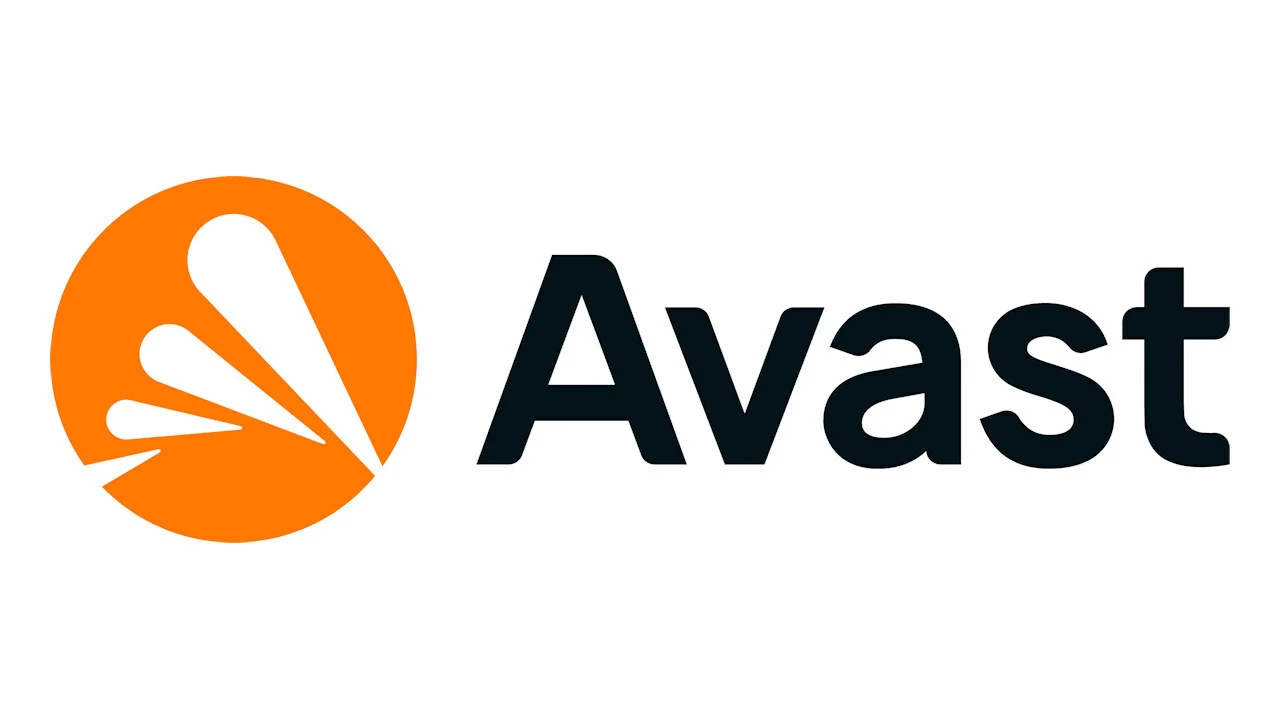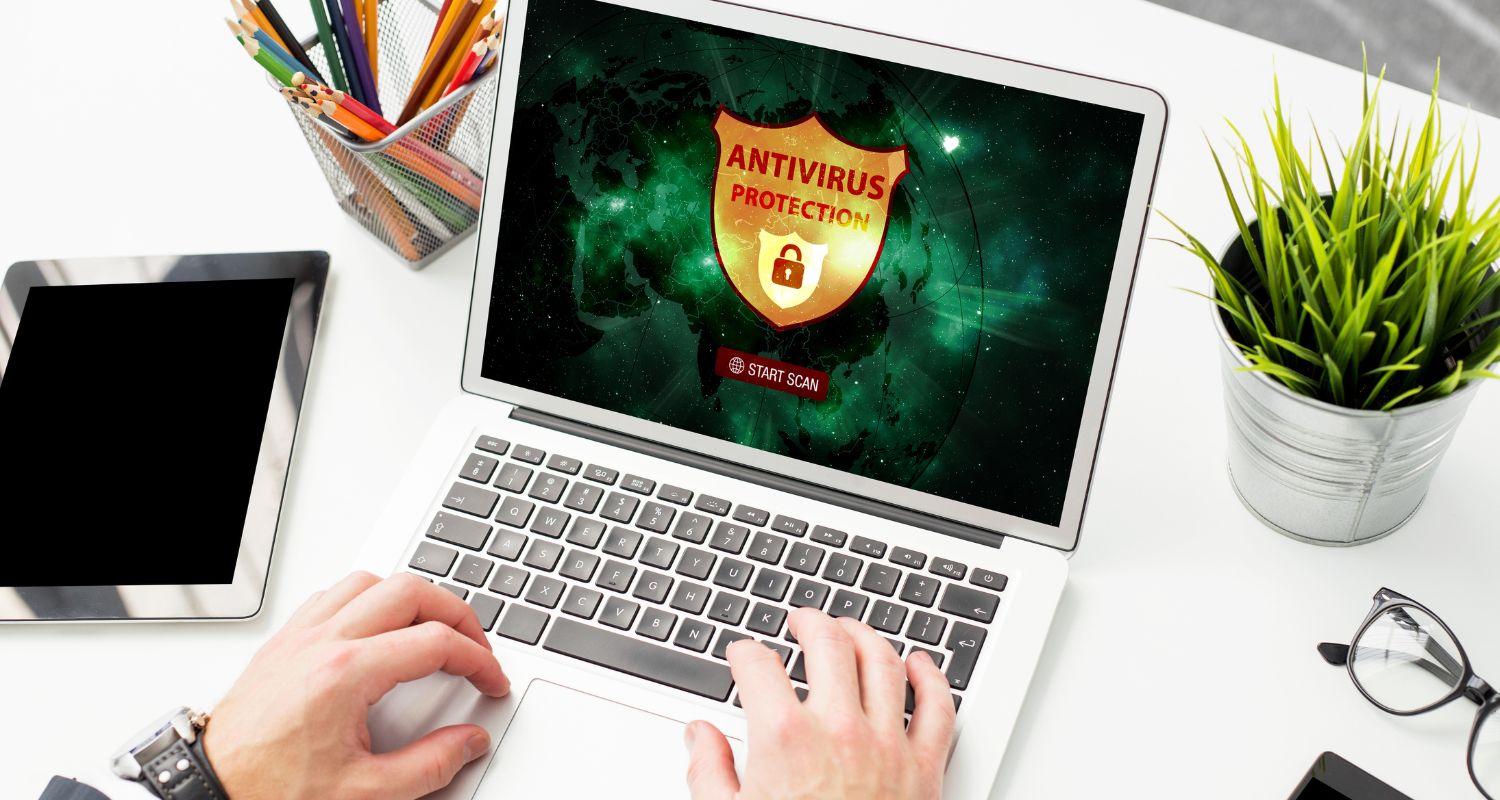Introduction
The internet has become an integral part of our lives, providing convenience, connectivity, and access to a vast amount of information. However, it also poses risks, particularly when it comes to our personal information. One of the most concerning aspects of online security is the emergence of the dark web, a hidden part of the internet that is not accessible through regular search engines.
The dark web has garnered a reputation for being a hub of illegal activities, including the buying and selling of stolen data, hacking tools, and illicit substances. It is a clandestine realm where anonymity is prized, making it challenging for law enforcement agencies to track cybercriminals. This has raised concerns among individuals about the security of their personal information and the potential consequences if it falls into the wrong hands.
McAfee, a renowned cybersecurity company, has positioned itself as a leader in monitoring the dark web. Through advanced technologies and partnerships with law enforcement agencies, McAfee proactively scans the dark web to identify instances where personal information may be compromised. However, receiving an alert from McAfee that your information is on the dark web can be a jarring experience, leaving many individuals wondering what it means and what steps they should take to protect themselves.
In this article, we will delve into the world of the dark web, understand how McAfee monitors it, and explore what it means when McAfee notifies you that your information is on the dark web. We will also discuss possible scenarios for your information being on the dark web and provide steps to take if you find yourself in this situation. Additionally, we will provide tips on how to protect your personal information from ending up on the dark web in the first place.
The Dark Web: Explained
The dark web is a hidden part of the internet that requires special software, such as Tor, to access. Unlike the surface web that we commonly use, the dark web is not indexed by search engines and operates on an encrypted network. This anonymity makes it an attractive platform for illegal activities.
On the dark web, websites are often hosted on hidden servers, making it challenging to trace their location or the individuals behind them. This makes it an ideal breeding ground for cybercriminals, who engage in activities such as selling illegal drugs, weapons, stolen data, and hacking tools. It’s also a marketplace for hiring hackers or accessing illicit services like fake identification documents.
Moreover, the dark web is where stolen personal information is bought and sold. When a data breach occurs, hackers often sell the acquired data on the dark web to interested buyers. This stolen data can include personal information such as names, addresses, email addresses, credit card numbers, and Social Security numbers.
It’s crucial to understand that not everything on the dark web is illegal. The dark web also hosts forums and websites that facilitate anonymous communication and share information on subjects such as online privacy, encryption, and security.
It’s important to emphasize that accessing the dark web without a legitimate reason or proper understanding of its risks is strongly discouraged. Engaging with the dark web can expose you to potential malware, scams, and illegal activities, which can have serious legal and personal consequences.
Now that we have a basic understanding of the dark web, let’s explore how McAfee actively monitors this hidden realm to protect individuals from the risks associated with it.
How McAfee Monitors the Dark Web
McAfee understands the importance of staying ahead of cyber threats and protecting individuals from the dangers lurking on the dark web. To achieve this, McAfee employs advanced technologies and collaborates with law enforcement agencies to actively monitor the dark web.
One of the primary methods that McAfee uses to monitor the dark web is through web crawlers. These automated tools visit websites on the dark web to gather information and identify potential threats. These web crawlers are designed to operate within the dark web’s encrypted network, ensuring that McAfee can successfully navigate and extract relevant data without compromising user identity or security.
In addition to web crawling, McAfee also leverages artificial intelligence and machine learning algorithms to analyze the data collected from the dark web. These technologies help identify patterns, anomalies, and potential threats more efficiently. By continuously adapting and learning from new data, McAfee can detect emerging threats, adapt its monitoring methods, and provide users with real-time alerts if their personal information is found on the dark web.
McAfee’s monitoring efforts are not limited to automated tools alone. The company also collaborates closely with law enforcement agencies around the world. This collaboration enables McAfee to share information, insights, and threat intelligence, ultimately assisting in the apprehension of cybercriminals and the takedown of illegal dark web marketplaces.
The integration of advanced technologies and strategic partnerships allows McAfee to analyze vast amounts of dark web data and provide its users with timely alerts if their personal information is compromised. However, understanding what it means when McAfee says your information is on the dark web is crucial to taking the appropriate actions to mitigate further risks. Let’s explore this in the next section.
What Does It Mean When McAfee Says Your Info Is on the Dark Web?
Receiving a notification from McAfee stating that your information is on the dark web is an indication that your personal data, such as your name, address, email, or financial details, has been compromised and is being traded or sold on the dark web marketplace. This implies that a security breach has occurred, either through a data breach of a company holding your information or through some form of online identity theft.
It’s important to note that McAfee’s monitoring system does not directly access or view your personal information. Instead, it scans the dark web using automated tools to identify instances where personal information matching your profile is being traded or sold. When a match is found, McAfee sends you an alert, providing you with the necessary information to assess the situation and take appropriate actions to protect yourself.
Receiving an alert from McAfee does not necessarily mean that your information is currently being actively used for malicious purposes. However, it does indicate that your data is at risk and could potentially be exploited by cybercriminals. It’s crucial to remain proactive and take immediate steps to minimize any potential harm.
When you receive such an alert, it’s recommended to change your passwords for affected accounts, enable two-factor authentication where possible, and closely monitor your financial transactions for any suspicious activity. It may also be wise to inform your bank, credit card companies, and other relevant institutions to ensure they are aware of the situation and can provide additional security measures.
Furthermore, it’s essential to keep in mind that the dark web operates outside the jurisdiction of regular law enforcement agencies and is difficult to monitor. This makes it challenging to completely remove your information from the dark web once it has been compromised. However, by taking immediate action and implementing strong security practices, you can significantly reduce the risk of further harm.
Now that we understand what it means to have your information on the dark web, let’s explore some possible scenarios that may lead to this situation in the next section.
Possible Scenarios for Your Information Being on the Dark Web
There are several scenarios that could lead to your personal information ending up on the dark web. Understanding these scenarios can help you assess how your data may have been compromised and take appropriate measures to protect yourself.
1. Data Breaches: One common scenario is when a company or organization experiences a data breach. Cybercriminals exploit vulnerabilities in the organization’s security systems, gaining unauthorized access to sensitive customer information. This stolen data is often sold on the dark web, exposing individuals to potential identity theft and other malicious activities.
2. Phishing Attacks: Phishing attacks involve tricking individuals into providing their personal information by posing as a legitimate organization or individual. These attacks typically involve fraudulent emails, messages, or websites that resemble trusted sources. If you fall victim to a phishing attack and disclose your information to the attacker, it can end up on the dark web.
3. Malware and Ransomware Attacks: Malicious software, such as malware or ransomware, can infect your computer or mobile device, allowing cybercriminals to access your personal information. They may then sell or trade this data on the dark web. It’s crucial to have robust security measures, such as anti-virus software and regular system updates, to protect against these threats.
4. Social Engineering: Social engineering involves manipulating individuals to disclose their personal information willingly. Cybercriminals may pose as trustworthy individuals or use elaborate schemes to convince you to share sensitive data. Once obtained, this information can be sold on the dark web.
5. Online Identity Theft: If your online accounts or digital identity are compromised, cybercriminals can gain access to your personal information. This can occur through weak passwords, sharing login credentials with untrustworthy sources, or using insecure networks. Once your information is in the hands of cybercriminals, it may end up on the dark web.
It’s important to note that these scenarios are not exhaustive, and there may be other ways your information can find its way onto the dark web. Being aware of potential risks and practicing good online security habits can significantly reduce the chances of falling victim to these scenarios.
Now that we’ve explored the possible scenarios, let’s move on to the steps you can take if you find out your information is on the dark web.
Steps to Take If Your Information Is on the Dark Web
Discovering that your personal information is on the dark web can be a distressing experience. However, there are several steps you can take to mitigate the potential risks and protect yourself from further harm.
1. Change Passwords: Start by changing the passwords for all your online accounts, particularly those that contain sensitive information. Use strong, unique passwords for each account and consider using a password manager to securely store and generate passwords.
2. Enable Two-Factor Authentication: Activate two-factor authentication (2FA) wherever possible. This provides an additional layer of security by requiring a second form of verification, such as a unique code sent to your mobile device, along with your password.
3. Monitor Financial Accounts: Regularly monitor your bank accounts, credit cards, and other financial accounts for any unauthorized activity. If you notice any suspicious transactions, contact your financial institution immediately to report them.
4. Inform Credit Bureaus: Contact the major credit bureaus, such as Equifax, Experian, and TransUnion, to place a fraud alert on your credit report. This alert notifies lenders to take extra precautions in verifying your identity before granting credit in your name.
5. Freeze Your Credit: Consider freezing your credit to prevent any unauthorized individuals from opening new accounts or obtaining credit in your name. Freezing your credit restricts access to your credit report, making it difficult for identity thieves to use your information.
6. Be Vigilant to Phishing Attempts: Be cautious of any suspicious emails, messages, or phone calls requesting personal information or posing as legitimate organizations. Avoid clicking on links or downloading attachments from unknown sources, as they may contain malware.
7. Monitor Your Identity: Utilize identity theft protection services to monitor your personal information for any signs of fraudulent activity. These services can provide alerts if your data is being used or sold on the dark web.
8. Regularly Update Software: Keep your operating system, antivirus software, and other applications up to date. This ensures that you have the latest security patches and protection against known vulnerabilities.
9. Educate Yourself: Stay informed about the latest cybersecurity threats and best practices for protecting your personal information online. By understanding the tactics employed by cybercriminals, you can better defend yourself against future attacks.
Remember, taking swift action and implementing these steps can help minimize the damage and protect your personal information if it ends up on the dark web. Prevention and proactive measures are key to maintaining online security.
Now, let’s explore some proactive measures you can take to protect your personal information from ending up on the dark web.
How to Protect Your Personal Information from the Dark Web
Preventing your personal information from ending up on the dark web requires adopting proactive measures and staying vigilant against cyber threats. By following these guidelines, you can significantly reduce the risk of your data being compromised.
1. Use Strong, Unique Passwords: Create strong and unique passwords for each of your online accounts. Avoid using common passwords or easily guessable information. Consider utilizing a password manager to securely store and generate complex passwords.
2. Enable Two-Factor Authentication (2FA): Implement 2FA whenever possible. This adds an extra layer of security by requiring a secondary verification method, such as a unique code sent to your mobile device, in addition to your password.
3. Be Cautious of Phishing Attempts: Be alert to phishing emails, messages, and calls that attempt to trick you into revealing personal information. Avoid clicking on suspicious links or providing sensitive data to untrusted sources. Verify the legitimacy of requests before responding.
4. Secure Your Network: Protect your home network by using a strong and unique Wi-Fi password. Additionally, consider using encryption protocols like WPA2 to ensure the confidentiality of your data transmitted over the network.
5. Update Software Regularly: Keep your operating system, antivirus software, and other applications up to date. Software updates often include security patches that address known vulnerabilities, minimizing the risk of exploitation.
6. Use Secure Browsing Practices: Be cautious when accessing websites, particularly those requesting personal information or conducting financial transactions. Look for the padlock symbol and “https” in the URL to ensure a secure connection.
7. Limit Information Sharing: Be cautious about the information you share online, especially on social media platforms. Avoid providing unnecessary personal details or sensitive information that could be used by cybercriminals.
8. Regularly Monitor Your Accounts: Monitor your financial accounts, credit reports, and online transactions regularly. Promptly report any suspicious activity to your financial institution to minimize any potential damage.
9. Use Antivirus and Firewall Protection: Install reputable antivirus software and enable firewall protection on your devices. These tools detect and prevent malware, reducing the risk of your data being accessed by unauthorized parties.
10. Educate Yourself on Cybersecurity Best Practices: Stay informed about the latest cybersecurity threats and best practices. Keep up with security news, attend webinars, and take advantage of resources provided by reputable organizations to enhance your knowledge and protect yourself better.
By implementing these measures and remaining vigilant online, you can significantly reduce the likelihood of your personal information ending up on the dark web. Remember that maintaining good cybersecurity practices is an ongoing effort.
Now, let’s summarize the key points discussed in this article.
Conclusion
The dark web introduces significant risks to the security of our personal information. McAfee, with its advanced monitoring systems and partnerships with law enforcement agencies, plays a vital role in scanning the dark web to identify instances where personal information may be exposed. When notified by McAfee that your information is on the dark web, it indicates that your data has been compromised and is being traded or sold. Taking immediate action is crucial to minimize the potential harm.
We have explored possible scenarios that may lead to your information being on the dark web, including data breaches, phishing attacks, malware infections, and social engineering. Understanding these scenarios helps you assess how your data may have been compromised and take appropriate measures to protect yourself.
Upon discovering that your information is on the dark web, it is essential to change passwords, enable two-factor authentication, monitor financial accounts, inform credit bureaus, and be cautious of phishing attempts. Additionally, regularly updating software, securing your network, and practicing safe browsing habits can help prevent your personal information from ending up on the dark web in the first place.
Protecting your personal information from ending up on the dark web requires a proactive approach and ongoing vigilance. By implementing strong security measures, staying informed about cyber threats, and practicing good online habits, you can significantly reduce the risk of falling victim to the dark web’s dangers.
Remember, your online security is a shared responsibility. Stay informed, educate others, and encourage a culture of cybersecurity awareness to collectively combat cyber threats and safeguard our personal information.
Secure your digital presence and take control of your online security to navigate the vast landscape of the internet with confidence.







